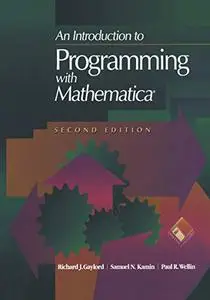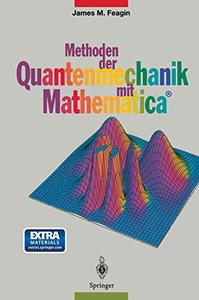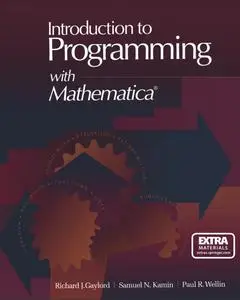An Introduction to Programming with Mathematica®, Second Edition by Richard J. Gaylord, Samuel N. Kamin, Paul R. Wellin
English | PDF | 1996 | 467 Pages | ISBN : 0387944346 | 46.5 MB
Accompanying the book, as with all TELOS sponsored publications, is an electronic component. In this case it is a DOS-Diskette produced by one of the coauthors, Paul Wellin. This diskette consists of Mathematica notebooks and packages which contain the codes for all examples and exercises in the book, as well as additional materials intended to extend many ideas covered in the text. It is of great value to teachers, students, and others using this book to learn how to effectively program with Mathematica .






